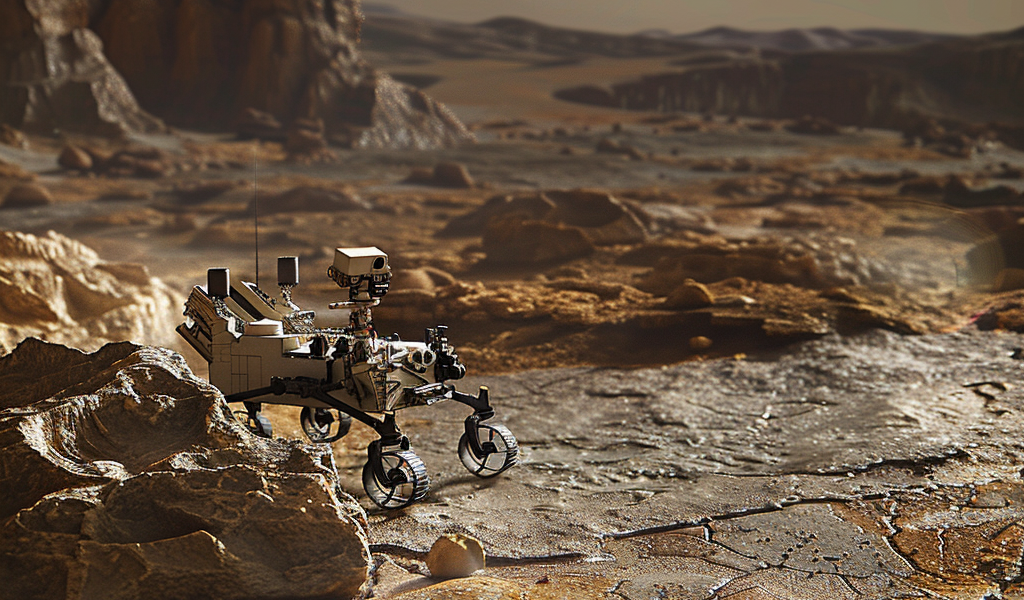NASA’s Curiosity rover has been making intriguing discoveries on Mars since 2012, particularly in relation to the presence of methane gas. The rover has detected methane near its landing site in the Gale Crater, but the behavior of this Mars methane has puzzled scientists. It only appears at night, fluctuates seasonally, and spikes unexpectedly to levels significantly higher than usual.
Researchers, led by planetary scientist Alexander Pavlov from NASA, have put forward a theory to explain this mysterious methane behavior on Mars. They propose that the methane is trapped beneath a solidified salt crust within the regolith at Gale Crater. The warmth of daytime temperatures could weaken the crust, allowing methane to escape at night. Additionally, the weight of the rover driving over the crust could crack it, releasing methane in concentrated bursts, akin to ‘burping a baby’.
To test their hypothesis, the team conducted experiments using a simulated Martian regolith, perchlorate salt (common on Mars), and neon as a stand-in for methane. These tests, carried out in a Mars simulation chamber at NASA’s Goddard Space Flight Center, demonstrated that a salt crust could indeed form under specific conditions, trapping methane below.
While the presence of a solidified salt layer could explain the irregular behavior of Martian methane, the origin of the methane itself remains a mystery. On Earth, methane is primarily linked to biological processes, but as of yet, there is no definitive evidence of life on Mars. It is important to note that methane can also be produced by geological processes, not just living organisms.
Understanding the presence and behavior of methane on Mars is crucial for unraveling the planet’s geological and potentially biological history. NASA’s ongoing exploration missions, like the Curiosity rover, continue to provide valuable insights into the Red Planet’s mysteries, paving the way for future discoveries in the realm of space exploration.





